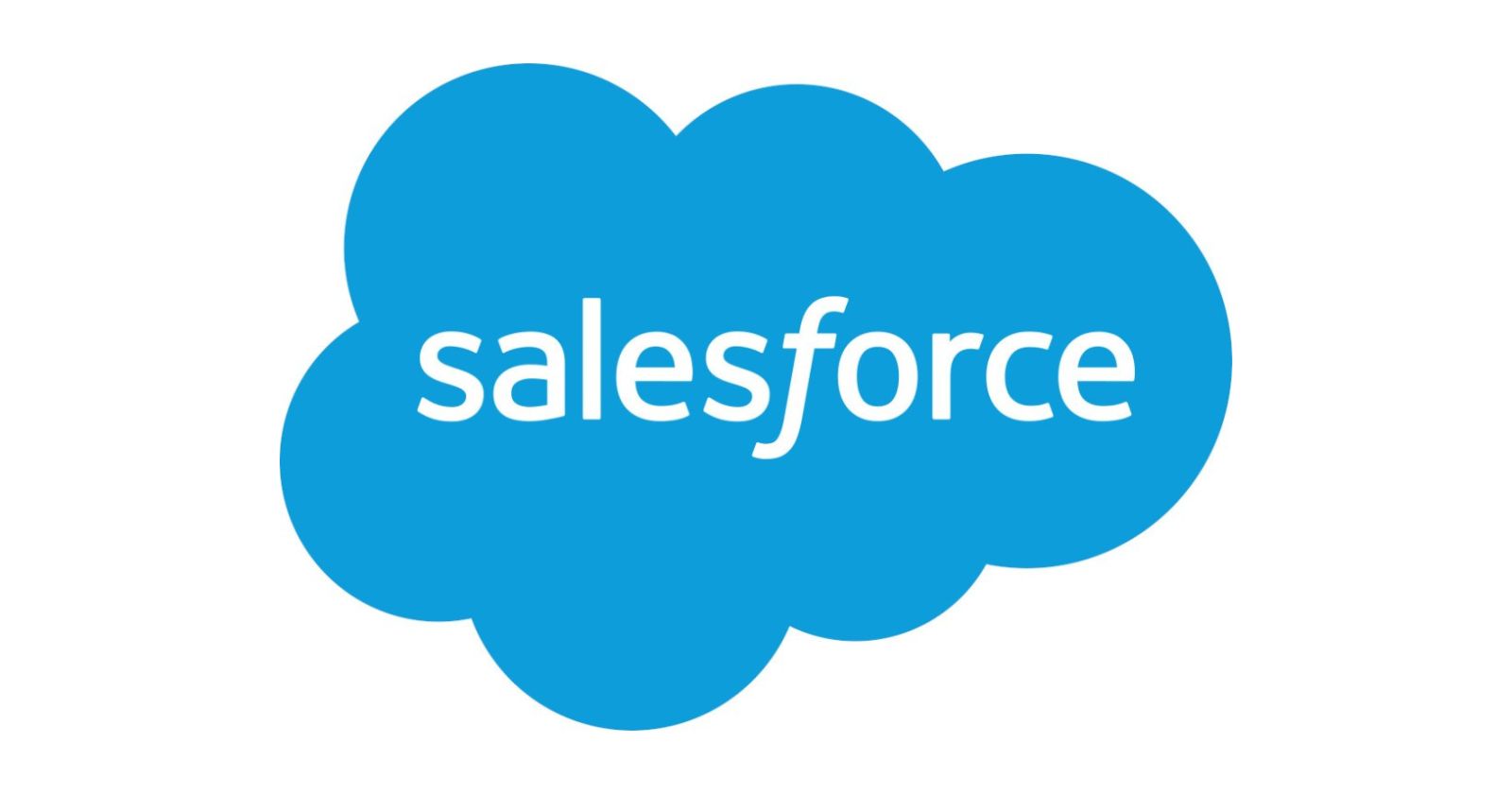How You Can Use Multi-Tenant Architecture in Salesforce
 Mark Smith
Mark Smith
In the dynamic world of Salesforce development, using effective architectural techniques becomes important. One such strategy that stands out is the implementation of multi-tenant architecture. In this information, we will delve into the intricacies of multi-tenant architecture in Salesforce, its implementation, the associated benefits, and an exploration of the two architectures commonly used in the Salesforce ecosystem.
What is Multitenant Architecture in Salesforce?
Multitenancy in Salesforce refers to a shared infrastructure and code base that allows multiple organizations, or tenants, to use the same instance of the software while keeping their data secure and isolated. In simpler terms, it's like having multiple tenants in an apartment building, each with their own space, but all sharing the same resources.
How Do You Implement Multi-Tenant Architecture?
Implementing multi-tenant architecture in Salesforce involves careful planning and adherence to best practices. Developers can achieve this by leveraging features such as:
Custom Objects and Fields: Tailor the Salesforce data model to meet the specific needs of each tenant.
Apex Code: Utilize Apex, Salesforce's programming language, to create custom business logic that aligns with the requirements of individual tenants.
Visualforce Pages and Lightning Components: Design custom user interfaces to enhance the user experience for each tenant.
Record Types and Page Layouts: Configure record types and page layouts to present data in a way that is meaningful to each tenant.
What Are the Benefits of a Multi-Tenant Environment in Salesforce?
Cost Efficiency: Sharing resources among multiple tenants reduces infrastructure costs and ensures optimal utilization.
Scalability: Easily scale resources and accommodate new tenants without significant infrastructure changes.
Customization: Tailor the Salesforce instance to each tenant's unique needs, providing a personalized experience.
Security: Despite sharing the same infrastructure, robust security measures ensure data isolation between tenants.
What Are the Two Architectures Used by Salesforce?
Salesforce primarily utilizes two architectures:
Single-Tenant Architecture: Each organization or tenant has a dedicated instance of the Salesforce application, offering complete isolation but potentially leading to resource underutilization.
Multi-Tenant Architecture: Multiple organizations share the same instance, promoting resource efficiency but requiring careful design to maintain data isolation.
Conclusion
Adopting multi-tenant architecture in Salesforce empowers organizations to streamline operations, reduce costs, and provide tailored solutions to individual tenants. As you embark on your Salesforce journey, consider the benefits of multi-tenancy in optimizing your development environment.
For comprehensive training on Salesforce development, including mastering the intricacies of multi-tenant architecture, explore the courses at IgmGuru. Elevate your skills, gain hands-on experience, and propel your career forward with IgmGuru's Salesforce developer online certification, courses, and training.
Subscribe to my newsletter
Read articles from Mark Smith directly inside your inbox. Subscribe to the newsletter, and don't miss out.
Written by

Mark Smith
Mark Smith
My name is Mark Smith, I am a professional developer, or Tech Writer, I have been doing web development since 2016. I am skilled in JavaScript, React.js, Node.js, and MongoDB, and a lot more in web development.